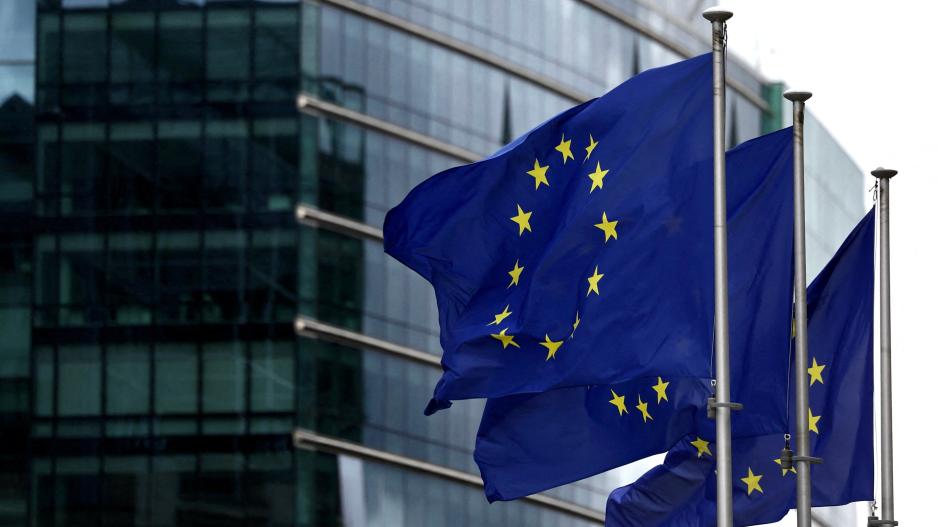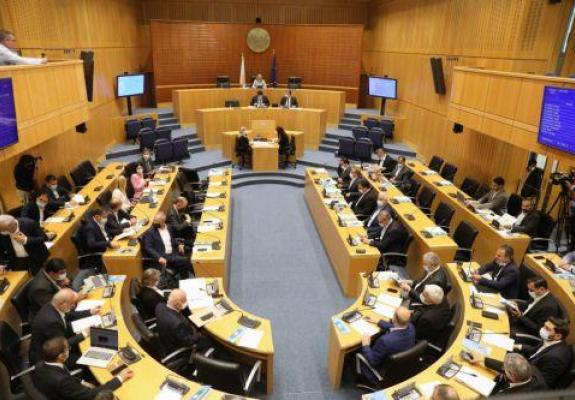EU Member States and Parliament Reach Agreement on Fiscal Rules Reform
Key Agreement Aims to Ensure Healthy Public Finances and Promote Sustainable Growth Across EU Nations
EU member states and the European Parliament have reached an agreement on reforming the EU's fiscal rules. The primary goal of this reform is to ensure healthy and sustainable public finances while simultaneously promoting inclusive and sustainable growth in all member states through reforms and investments.
Given the tight timeframes, the European Parliament and member states concluded the agreement after 16 hours of negotiations. The agreement text must be voted on in the EP's plenary session in Strasbourg before the end of the legislative period in April 2024.
The agreement reached will allow member states to implement the new rules this year for their 2025 budgets.
"The new rules will ensure balanced and sustainable public finances, strengthen structural reforms and investments, growth, and job creation across the EU. I am pleased that we have found a balanced agreement that will now allow for rapid implementation," stated the Belgian Presidency of the EU Council.

The Council (member states) and the Parliament agreed to maintain the general objective of the reform to reduce debt and deficit indicators in a gradual, realistic, sustainable, and growth-friendly manner, while protecting reforms and investments in strategic sectors, such as digital and green transitions, defense investments, and enhancing social and economic resilience.
The agreement maintains the obligation for member states to submit national medium-term fiscal structural plans (four-year adjustment plans, extendable to seven years in exchange for reforms and investments).
The Commission will set a defined fiscal trajectory ("reference trajectory") for each country individually, considering debt sustainability, e.g., for member states where public debt exceeds 60% of GDP or where the public deficit exceeds 3% of GDP. The reference trajectory will show how member states can ensure that by the end of a fiscal adjustment period, public debt is on a reasonable downward trajectory or remains at prudent levels in the medium term. The provisional agreement envisages an optional dialogue between member states and the Commission in advance.
Based on the agreement, two safeguards must be complied with by the member states: ensuring debt sustainability to reduce debt levels and ensuring deficit resilience to provide a safety margin below the 3% of GDP deficit limit to create fiscal safety reserves.
Following the reference trajectory, member states will incorporate the fiscal adjustment path into their national medium-term fiscal structural plans. These national fiscal adjustment plans, including net spending paths, must be approved by the Council. The agreement stipulates that a compliance account will record deviations from the net spending paths for each country.
Today's provisional political agreement on the preventive component of the economic governance framework is subject to approval by the Council at the Committee of Permanent Representatives and by the European Parliament's Committee on Economic Affairs before the official vote in both the Council and the Parliament.






